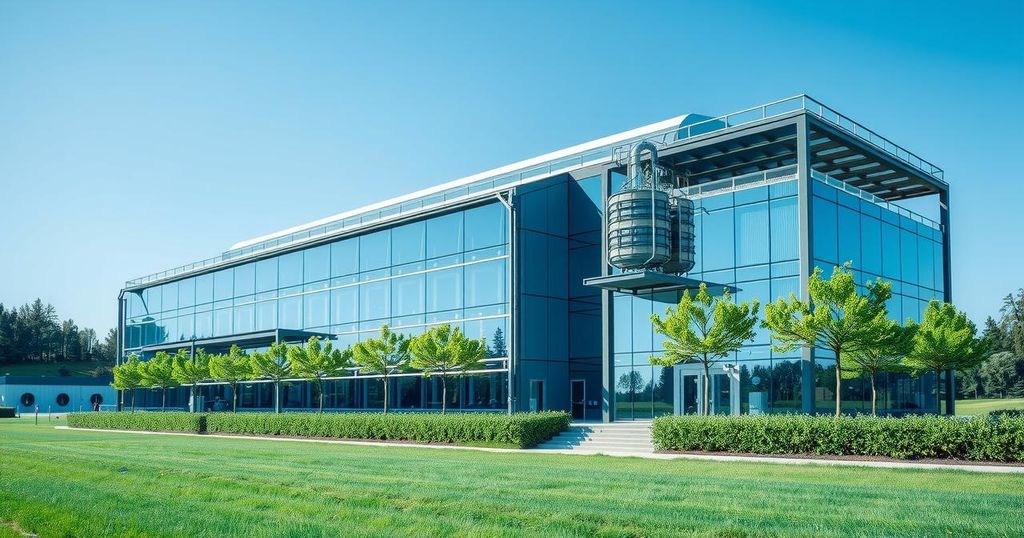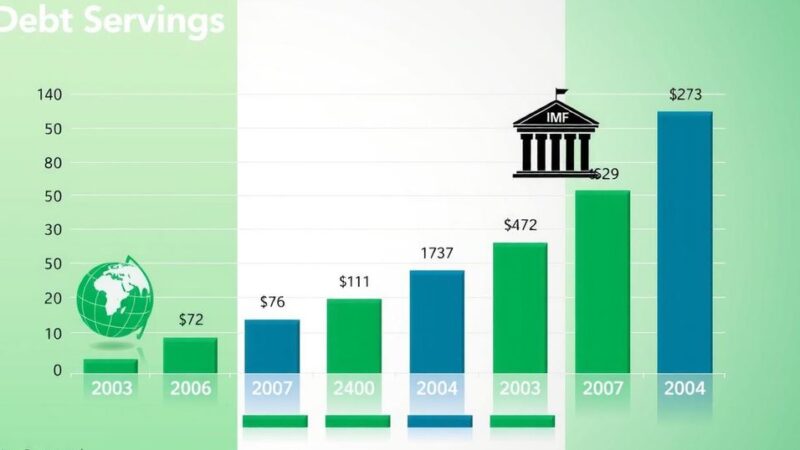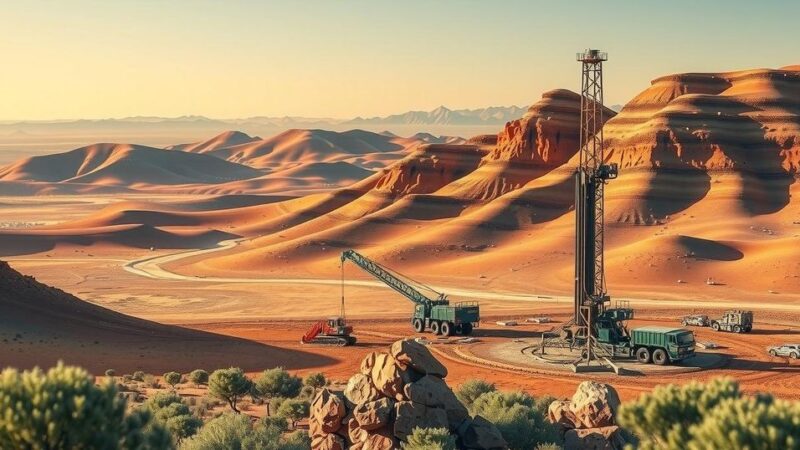France and Japan are collaborating to construct Europe’s first large-scale rare earth recycling plant in Lacq, anticipated to begin operations by late 2026. Caremag, a subsidiary of Carester, has secured EUR 216 million in funding to support the facility, which aims to reduce Europe’s dependency on China, currently the source of 98% of its rare earths. This project is expected to produce significant quantities of critical rare earth oxides essential for various high-tech applications.
China’s prevailing dominance in the global rare earth metals market has raised concerns within various sectors. To address this issue, France and Japan are collaborating to establish Europe’s inaugural large-scale rare earth recycling facility in Lacq, France. This initiative, spearheaded by French company Carester, aims to position the plant as the leading producer of purified heavy rare earths in the Western region, as per reports from the Central News Agency.
Operations for the new facility are slated to commence by the end of 2026. A notable development is that Stellantis, a major automaker, has pledged to be a customer of this newly established plant. According to the press release, the subsidiary company Caremag has successfully obtained EUR 216 million in funding for this venture, which includes EUR 110 million from Japanese investors, such as the Japan Organization for Metals and Energy Security (JOGMEC) and Iwatani, alongside EUR 106 million from the French government.
The primary objective of this project is to diminish Europe’s dependence on China, which currently supplies 98% of the rare earth elements utilized across the continent. The Caremag facility will facilitate the recycling of 2,000 tonnes of magnets and the refining of 5,000 tonnes of mining concentrates annually. It is anticipated to produce approximately 600 tonnes of Dysprosium and Terbium oxides, accounting for around 15% of global production, as well as 800 tonnes of Neodymium and Praseodymium oxides, based on the information shared in the press release.
Rare earth elements, particularly the permanent magnets they enable, play a crucial role in the electronics sector and are extensively incorporated in electric vehicles, wind turbines, and robotics. The strategic importance of this project is underscored by its potential to enhance clean energy initiatives and elevate high-tech manufacturing capabilities in Europe, as noted by the Central News Agency.
In conclusion, the joint venture between France and Japan to create Europe’s first rare earth recycling plant is a significant step towards mitigating the continent’s reliance on Chinese rare earth supplies. The facility aims to enhance production capabilities and support advancements in key industries such as electronics, electric vehicles, and clean energy. This project not only addresses critical supply chain risks but also contributes to Europe’s strategic independence in the rare earth sector.
Original Source: www.trendforce.com






